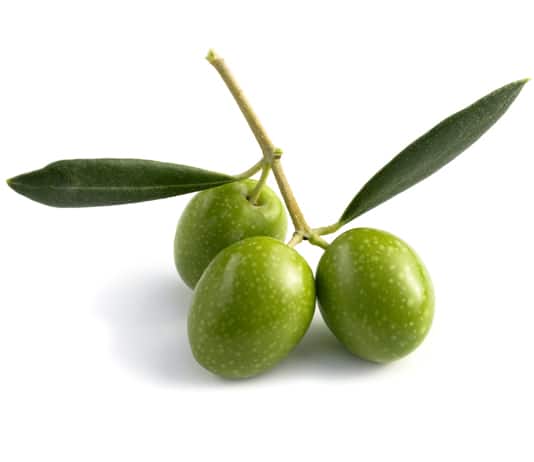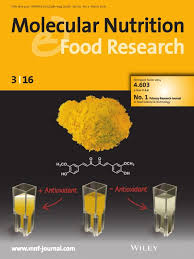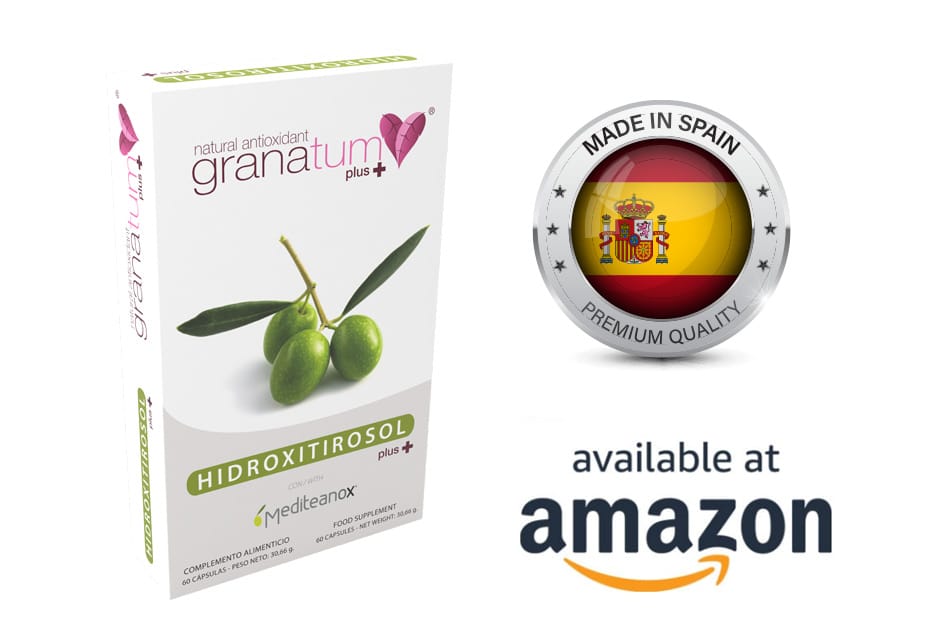
We studied the effects and mechanism of 2-(3,4-dihydroxyphenil) ethanol (or hydroxytyrosol, HT), a polyphenol from extra-virgin olive oil, investigating the regulation of epidermal growth factor receptor (EGFR) expression in colon tumour cells.
RESEARCH TITLE: Hydroxytyrosol, a product from olive oil, reduces colon cancer growth by enhancing epidermal growth factor receptor degradation
COUNTRIES: Italy
CONDUCTED BY: Department of Life Sciences, University of Siena, Siena, Italy; Istituto Toscano Tumori (ITT), Florence, Italy
PUBLISHED ON: Molecular Nutrition & Food Research

RESEACH:
Scope
We studied the effects and mechanism of 2-(3,4-dihydroxyphenil) ethanol (or hydroxytyrosol, HT), a polyphenol from extra-virgin olive oil, investigating the regulation of epidermal growth factor receptor (EGFR) expression in colon tumour cells.
Methods and results
We demonstrate that hydroxytyrosol significantly down-regulates EGFR expression in human colorectal adenocarcinoma cells HT-29, CaCo2 and WiDr, and in HT-29 xenografts. Hydroxytyrosol accelerates EGFR degradation by reducing its half-life. Specifically, hydroxytyrosol induces EGFR ubiquitination which is mediated by phosphorylation at pY1045, the docking site for Cbl, thereby enabling receptor ubiquitination and degradation.
Pretreatment with either the lysosomal inhibitor chloroquine, or the proteasomal inhibitor MG132 blocks hydroxytyrosol -induced EGFR down-regulation. In colon cancer cells, EGFR down-regulation by hydroxytyrosol is associated with reduced cell proliferation. Tumour growth and EGFR expression levels are also decreased by hydroxytyrosol treatment in HT-29 xenograft.
Discussion
We conclude that hydroxytyrosol down-regulates EGFR expression via lysosomal and proteasomal degradation, activated by hydroxytyrosol -induced EGFR phosphorylation at pY1045 and increased Cbl activity. Cbl activation induces, in turn, EGFR ubiquitination. Our results reveal a new mechanism for hydroxytyrosol anti-tumour effects that may be important for colon tumour prevention and treatment.
YEAR: 2015

